Is Your Vehicle Ready for a Change?
With any change in the seasons, a vehicle performs best with proper mainteance.
Mike is the primary maintenance person here at Our Frugal Florida Homestead. He’s written a guide just for you to create your ever-reliable transportation. While these practices are best applied before winter, these items should be checked at the change of every season.
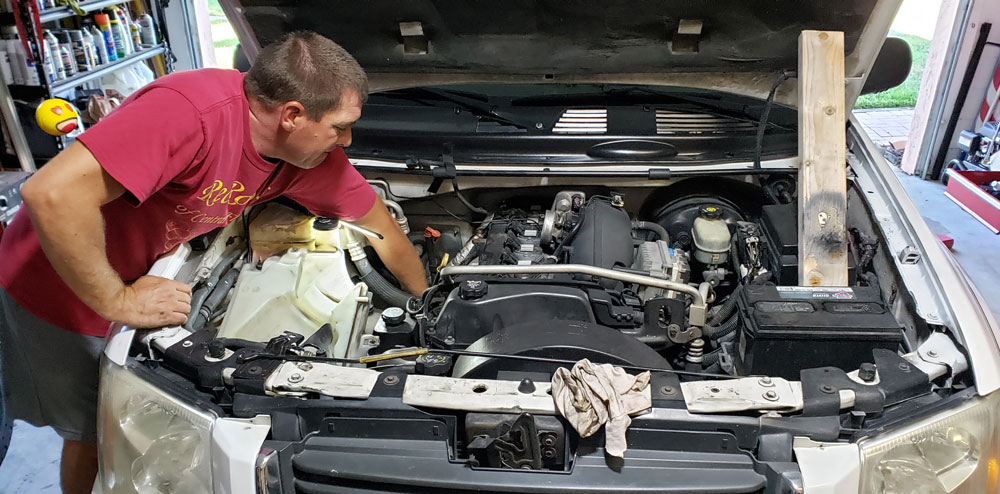
Here is a List Items to Check Seasonally
Fluids
Oil
The first thing you should do to your gas and/or diesel-powered equipment is to make sure your oil is drained and filled with a lower weight oil for the winter. It’s always wise to use a lower viscosity oil in the winter than in the summer. A thicker oil will just make the motor work that much harder at lubricating all the moving parts when the cold temperatures are here. You will wear out everything quicker at start-up if you don’t switch to that lower viscosity for winter.
For example, if you run 10W-30 in the summer, then you should switch over to 5W-30 for winter.
What’s the difference between 5W-30 and 10W-30 oil? Well, these oils are different thicknesses, with 5W-30 being the thinner of the two. For this reason, it’s recommended to use it instead of the 10W-30 for vehicles operating in cold temperatures. This goes for any other gas-powered motors you will be running in the cold also.
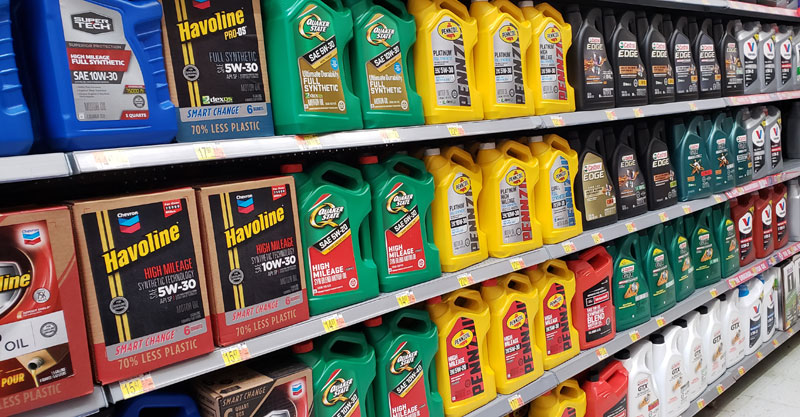
Coolant
The second thing we need to accomplish is to make sure the coolant is clean and full. If it is getting discolored then flush and refill using a good quality coolant that is not going to freeze, and is able to get the heat generating in your car. If your vehicle has a few years behind it, it’s not a bad idea at all to change the thermostat at this time also.
Fuel System
Next, let’s work on your fuel system. Remove and replace the fuel filter and you should next be adding some fuel system cleaner to the gas tank to get all the yucky stuff cleaned out of the fuel injectors and throttle body. As deposits and sediment build up in the injectors, your fuel flow to the cylinders becomes less and less. Less fuel means less power and a rough running engine. This process of adding cleaner will help you run your fuel as clean as possible in the winter.
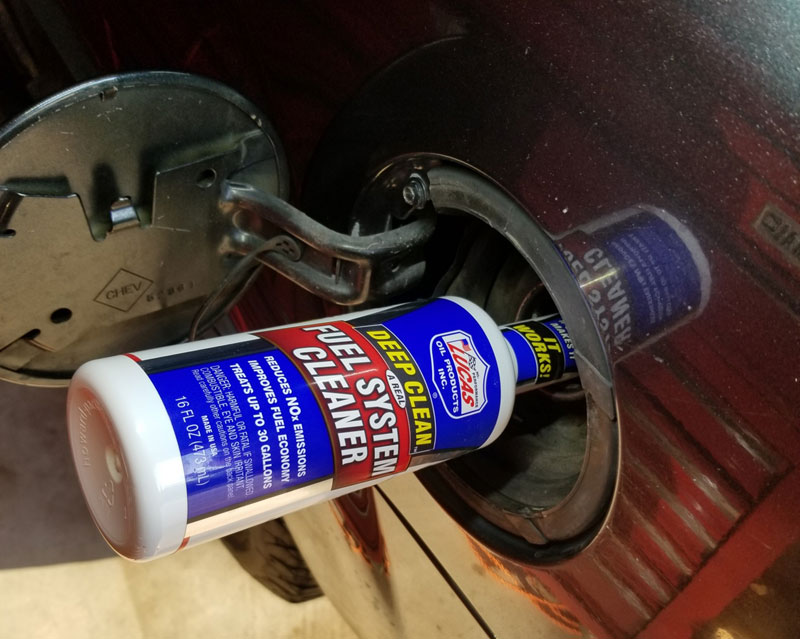
Spark Plugs
I also recommend changing spark plugs at this time. Spark plugs will generally last 60,0000 – 100,000 miles, depending on the type of travel you do, and the quality of spark plugs you are using. This is an area you not should go cheap. When you don’t have good spark plugs, the cylinder will miss-fire and you will have a very rough running engine.

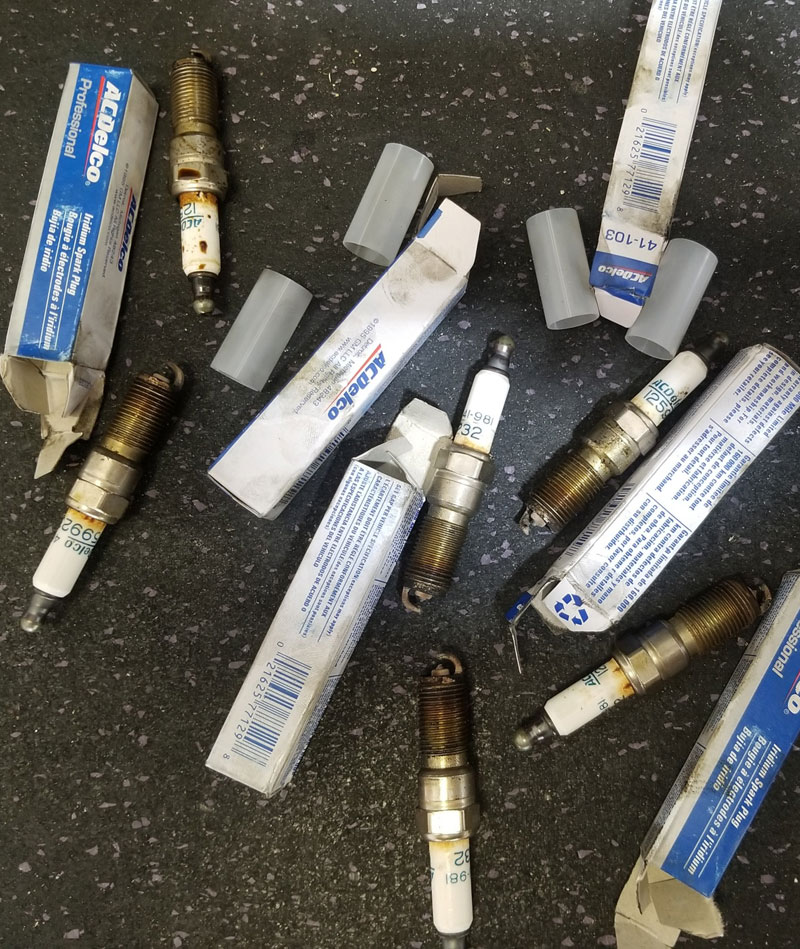
Brake Fluid
While you are under the hood, inspect your brake fluid and check to see that it’s a clear looking color and not dark brown or black. If it is a darker color, then you will want to flush the brake system of the old fluid and put some fresh clean fluid in there so your stopping power is not compromised in the cold.

Windshield Fluid
Fill up the washer fluid reservoir with a good quality fluid that won’t freeze in the colder months.
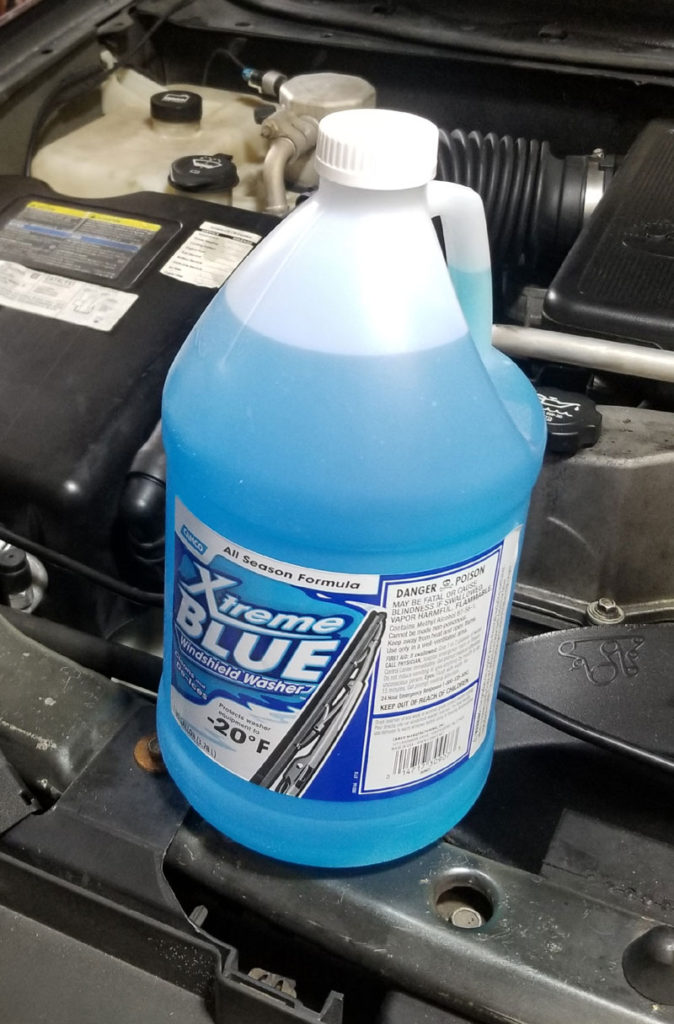
Belts and Hoses
Look at all the hoses and belts, squeeze the hoses and make sure they are pliable and do not have any bulges or soft spots. If there are any cracks in the rubber, then replace those worn parts and install new ones in their place. Cold temperatures and old hardened rubber belts and hoses do not go together well at all!

Battery
While we are still under the hood, the last thing we want to check is your battery. We all know that as soon as it’s cold, a battery never wants to work. The newer batteries now-a-days never seem to last no more than three years. You can put a load tester on your battery to check it and see how many volts it is holding. If you do not have a load tester, most parts stores will do this at no charge for you. My thoughts are that a battery is not that expensive and after three years, just replace it come winter time for peace of mind.
Tires
Now that we have the under-the-hood part taken care of, lets look at the tires.
How is the tread? Is it cupped? Is it evenly wearing with lots of tread left? Are they dry-rotting or cracking? Can you see the wear bars?
This is the best time to get those tires replaced if needed! If they are looking good, then let’s just get them rotated front-to-back and aired-up for winter. Check the air pressure again as the temperatures warm in late spring. The manufacturer of the tire will have the specifications for air pressure printed on the tire, if in doubt.
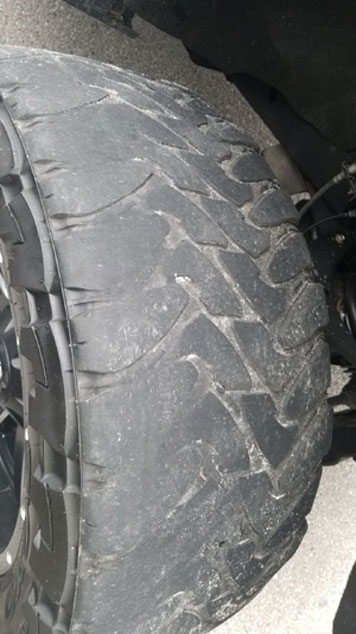
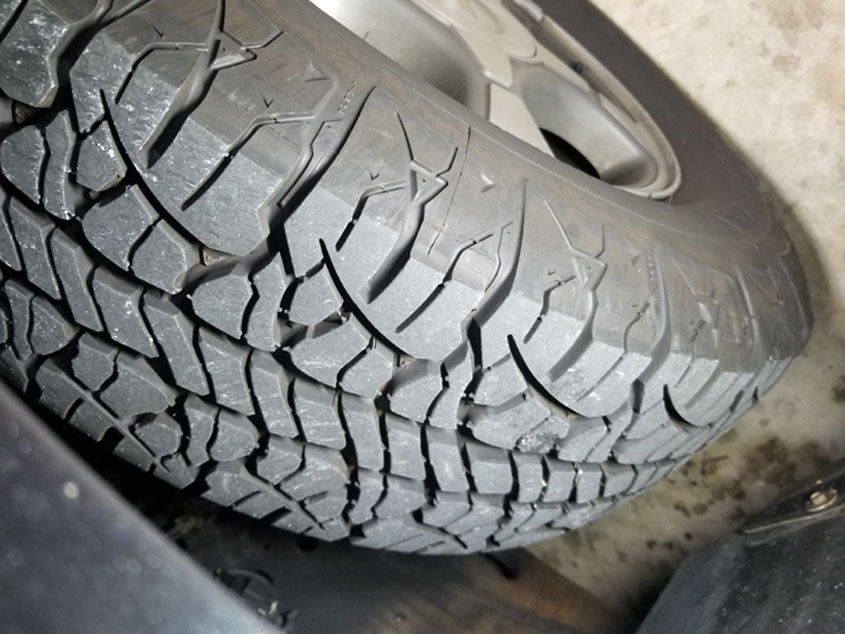
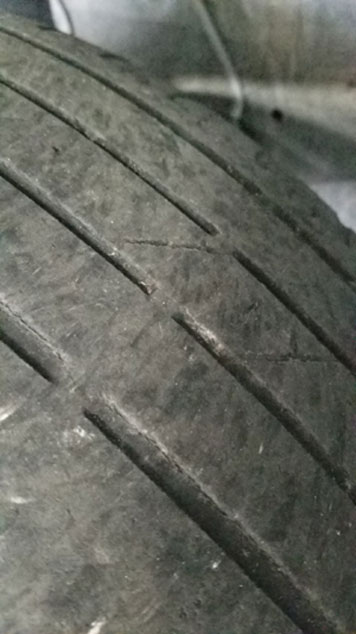
Brakes
While the tires are off, let’s look at those brake pads and rotors. Are the rotors looking grooved? Are the pads worn really thin? Are the brake lines rusty or leaking at all?

If the brakes are passing your visual inspection with flying colors, then let’s put some grease in those zerks on the ball joints, upper and lower A-arms, and U-joints if applicable. Put the tires back on, and wash your hands, because I know they are dirty by now!
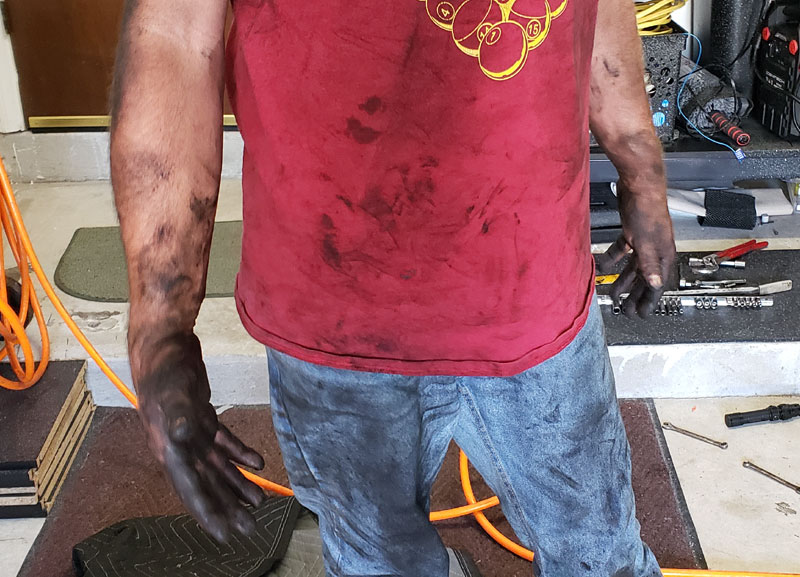
Windshield and Lights
Now we’ll move up to the windshield and change those wiper blades that have been cooking in the summer sun. Those worn blades will not help us at all in the colder weather. Don’t forget the rear wiper also! While you’re at it, look and see if there are any cracks or stone chips that might spread across the whole windshield in a temperature change. It’s best to get that fixed quick!
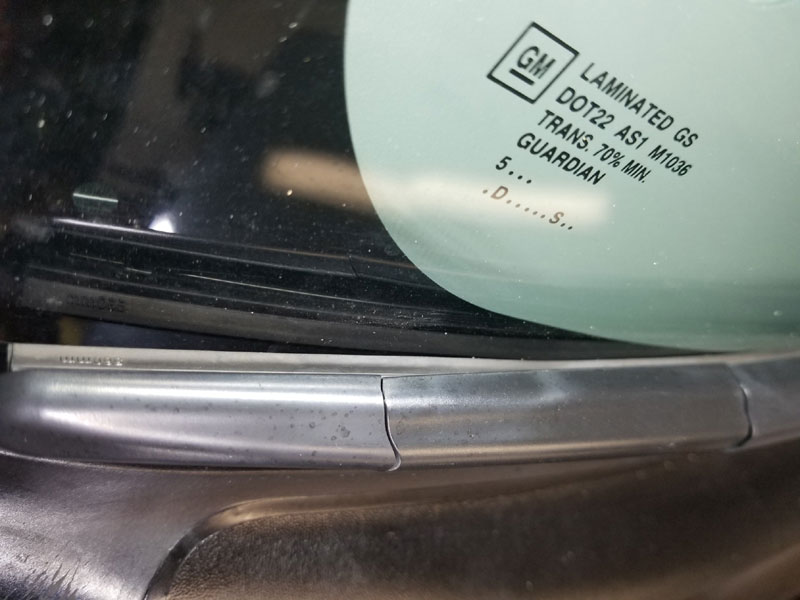
Now let’s walk around the vehicle to check your lights, headlights, brake lights and turn signals. Safety first!
Interior
Lastly, if the vehicle you are working on is equipped with a cabin air filter, then let’s get that taken out and changed now too. With that being said, get out your shop vac and clean up that interior. Clean the windows and take some time to put on a fresh coat of wax.
Download my seasonal checklist below:
Here’s a summary of what we’ve discussed:
This goes for your tractor with a cab too! Everything we have discussed will apply to anything that runs on an internal combustion engine: your garden tractor, show blower, compact tractor, snow mobile, four-wheeler, etc.
No matter what the season, your drive will be much easier now that you know your fleet is ready for any task you want to throw at it.
A little maintenance goes a very long way. Keep your vehicles happy, and they will keep you happy.
Quick Checklist
- Change your oils and filter
- Check and/or change air filter and cabin air filter
- Check and/or change your battery (if more than 3 years old, change it)
- Check belts and hoses
- Grease all fittings on suspension and drivetrain
- Ensure your visibility by changing wiper blades
- Check for chips or cracks in windshield
- Inspect your tires and air them to MFG specs if replacement is not necessary
- Inspect your brakes and change pads and rotors if worn or grooved
- Check your antifreeze and flush if needed
- Fill washer fluid reservoir
- Check power steering fluid, brake fluid, and transmission fluid
- Clean your fuel injectors and fuel system
- Inspect your radiator and thermostat
- Check your lights all around vehicle
- Protect your exterior and interior with a good cleaning and wax
Mike